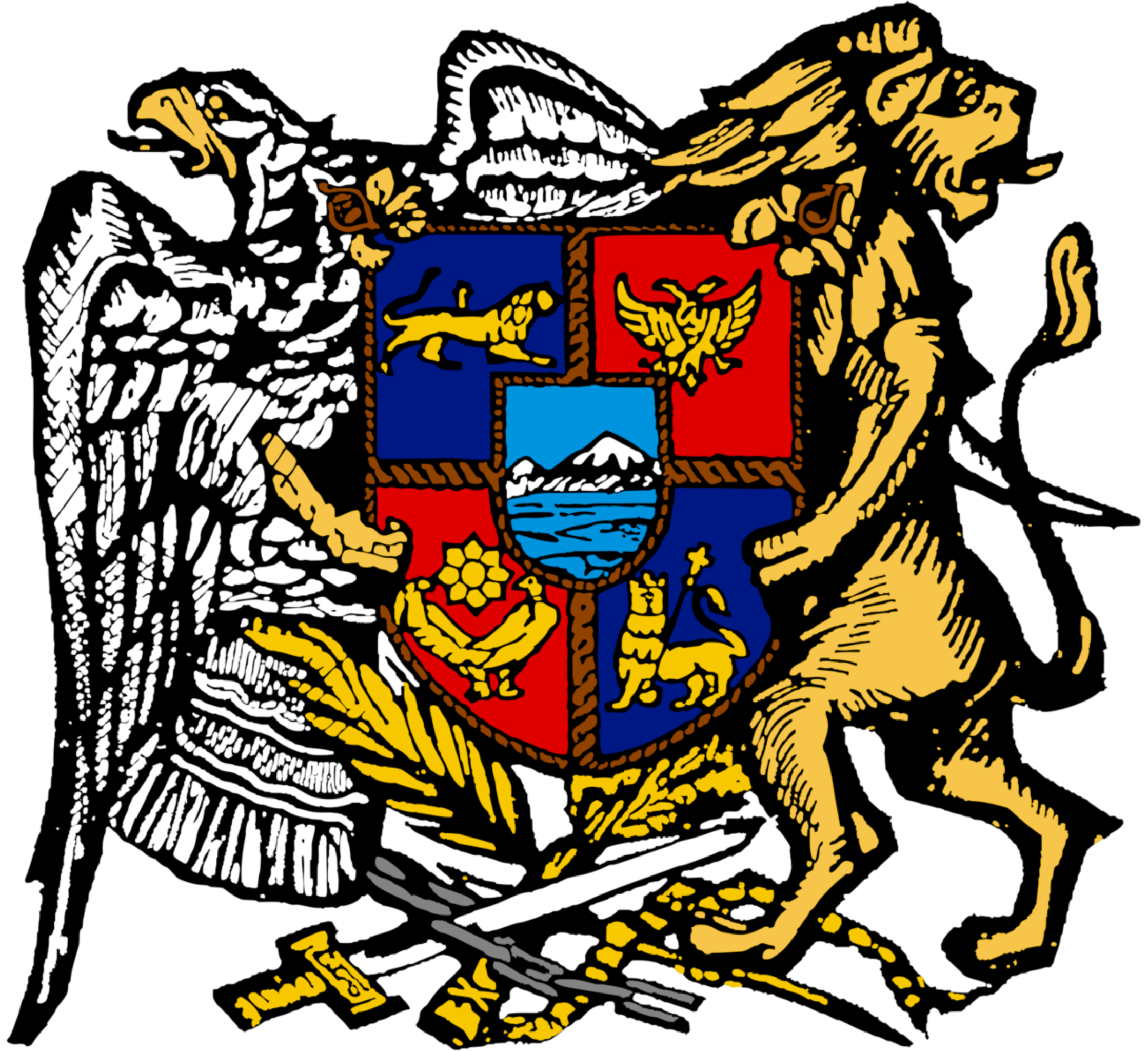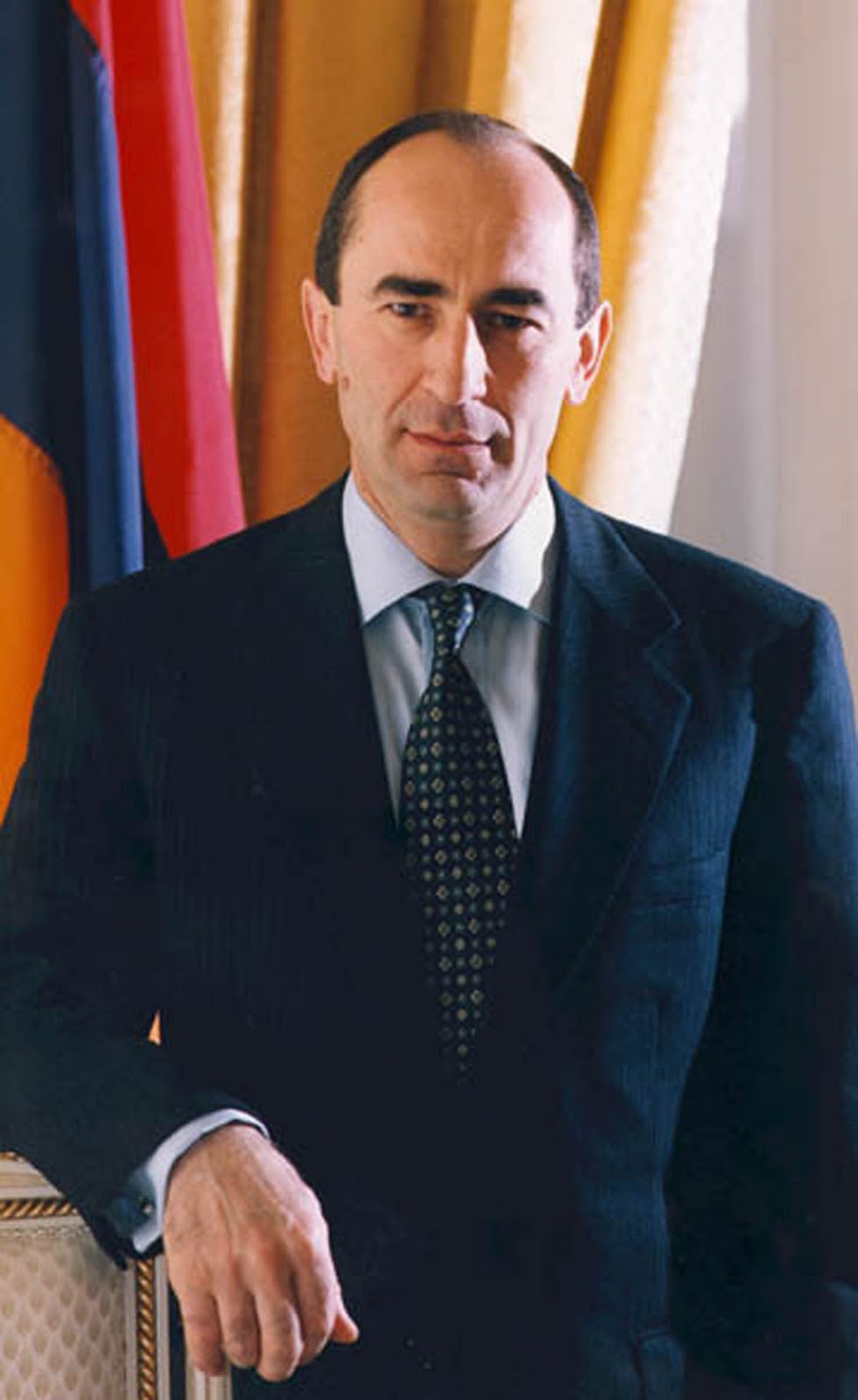|
Prime Minister Of Armenia
The prime minister of Armenia () is the head of government and most senior minister within the Government of Armenia, Armenian government, and is required by the constitution to "determine the main directions of policy of the Government, manage the activities of the Government and coordinate the work of the members of the Government." Also, according to the constitution, the prime minister heads the Security Council, which prescribes the main directions of the country's defense policy; thus, the prime minister is effectively the commander-in-chief of the Armed Forces of Armenia. Nikol Pashinyan is the current prime minister. He took the office on 8 May 2018 following the 2018 Armenian revolution, resignation of Serzh Sargsyan. History Original role The office of prime minister was first established in 1918 with the foundation of the First Republic of Armenia. The prime minister chosen by the National Council of Armenia and was accountable for international, domestic and reg ... [...More Info...] [...Related Items...] OR: [Wikipedia] [Google] [Baidu] |
Coat Of Arms Of Armenia
The national coat of arms of Armenia () was adopted on April 19, 1992, by resolution of the Armenian Supreme Council. On June 15, 2006, the National Assembly (Armenia), Armenian Parliament passed the law on the state coat of arms of Armenia. It consists of an eagle (heraldry), eagle and a lion (heraldry), lion supporting a shield. The coat of arms combines new and old symbols. The eagle and lion are ancient Armenian symbols dating from the first Armenian kingdoms that existed prior to Christ (title), Christ. These symbols are found on the Armenian Highlands, Armenian Highland from times immemorial. Numerous Armenian dynasties such as Artaxiad dynasty, Artaxiad, Arsacid dynasty of Armenia, Arsacid, Bagratuni dynasty, Bagratuni and Rubenids, Rubenid, used these symbols as their royal insignia. Like other post-Soviet republics whose symbols do not predate the October Revolution, the current emblem retained one component of the Soviet one such as the Mount Ararat on the shield. Prior ... [...More Info...] [...Related Items...] OR: [Wikipedia] [Google] [Baidu] |
Hovhannes Katchaznouni
Hovhannes Kajaznuni or Katchaznouni (; 14 February 1868 – 15 January 1938) was an Armenian architect and politician who served as the first prime minister of the First Republic of Armenia from 6 June 1918 to 7 August 1919. He was a member of the Armenian Revolutionary Federation. Early life Kajaznuni was born Hovhannes Ter-Hovhannisian in 1868 in the town of Akhaltsikh (present-day Akhaltsikhe), then part of the Akhaltsikhe uezd of the Tiflis Governorate of the Russian Empire, now part of Georgia. He attended secondary school in Tiflis from 1877 to 1886. In 1887, he moved to Saint Petersburg and entered the Citizens' Architectural Institute, graduating with honours in 1893. While in Saint Petersburg, Kajaznuni joined the Armenian Revolutionary Federation, eventually becoming one of its most important figures. After graduation, he worked at the construction department of the Baku provincial administration (1893–95), as an architect in Batum (1895–1897), and as regional arch ... [...More Info...] [...Related Items...] OR: [Wikipedia] [Google] [Baidu] |
Parliamentary Republic
A parliamentary republic is a republic that operates under a parliamentary system of government where the Executive (government), executive branch (the government) derives its legitimacy from and is accountable to the legislature (the parliament). There are a number of variations of parliamentary republics. Most have a clear differentiation between the head of government and the head of state, with the head of government holding real power and the head of state being a ceremonial position, similar to Constitutional monarchy, constitutional monarchies. In some countries the head of state has reserve powers to use at their discretion as a non-partisan "referee" of the political process. Some have combined the roles of head of state and head of government, much like presidential systems, but with a dependency upon Motion of no confidence, parliamentary confidence. In general, parliamentary republics grant the Parliamentary sovereignty , highest sovereign powers to the parliament. P ... [...More Info...] [...Related Items...] OR: [Wikipedia] [Google] [Baidu] |
2015 Armenian Constitutional Referendum
A constitutional referendum was held in Armenia on 6 December 2015. Its amendments to the Constitution of Armenia, constitution put the country on a course from having a semi-presidential system to being a parliamentary republic, with the changes beginning to take place during the 2017–18 electoral cycle. The referendum passed with 66% of voters supporting it. Voter turnout was 51%, passing the 33% threshold to validate the results. Opponents of the new constitution, who argued that the amendment was President Serzh Sargsyan, Serzh Sargsyan's way to stay in power after the end of his second and last term in office, alleged that violence, coercion and electoral fraud were used to secure the vote. Background After being drafted by the Specialised Commission on Constitutional Reforms, the proposed amendments were sent to the National Assembly (Armenia), National Assembly on 21 August. On 5 October, the National Assembly voted 104–10, with three abstentions to put the proposals t ... [...More Info...] [...Related Items...] OR: [Wikipedia] [Google] [Baidu] |
Motion Of No Confidence
A motion or vote of no confidence (or the inverse, a motion or vote of confidence) is a motion and corresponding vote thereon in a deliberative assembly (usually a legislative body) as to whether an officer (typically an executive) is deemed fit to continue to occupy their office. The no-confidence vote is a defining constitutional element of a parliamentary system, in which the government's/executive's mandate rests upon the continued support (or at least non-opposition) of the majority in the legislature. Systems differ in whether such a motion may be directed against the prime minister, against the government (this could be a majority government or a minority government/coalition government), against individual cabinet ministers, against the cabinet as a whole, or some combination of the above. A censure motion is different from a no-confidence motion. In a parliamentary system, a vote of no confidence leads to the resignation of the prime minister and cabinet, or, depen ... [...More Info...] [...Related Items...] OR: [Wikipedia] [Google] [Baidu] |
President Of Armenia
The president of Armenia () is the head of state and the guarantor of independence and territorial integrity of Armenia elected to a single seven-year term by the National Assembly of Armenia. Under Armenia's parliamentary system, the president is simply a figurehead and holds ceremonial duties, with most of the political power vested in the parliament and prime minister. Vahagn Khachaturyan has been serving as president since 13 March 2022. __TOC__ Background The president of the republic strives to uphold the constitution, and to ensure the regular functioning of the executive and judicial powers. They are the guarantor of the independence, territorial integrity and security of the republic. The president of the republic is immune: they cannot be prosecuted or held liable for actions arising from their status during and after their term of office. For the actions not connected with their status the president of the Republic may be prosecuted when their term of office expi ... [...More Info...] [...Related Items...] OR: [Wikipedia] [Google] [Baidu] |
1991 Armenian Independence Referendum
An independence referendum was held in the Armenia SSR on 21 September 1991 to determine whether to secede from the Soviet Union. It followed a declaration of independence on 23 August 1990. 99.5% of voters voted in favour, with a turnout of 95%. The country officially became an independent state on 23 September 1991. Background The May 1990 Armenian Supreme Soviet election resulted in the formation of a non-Communist government led by Levon Ter-Petrosyan, chairman of the Pan-Armenian National Movement. On 23 August 1990, the Supreme Soviet of the Armenian SSR adopted the Declaration of State Sovereignty of Armenia, which marked the beginning of the process of establishing independent statehood. It was declared that the Republic of Armenia was a sovereign state endowed with independence. The Constitution of the USSR and the laws of the USSR ceased to apply in the territory of the Republic. In order to ensure its security and inviolability of its borders, the Republic ... [...More Info...] [...Related Items...] OR: [Wikipedia] [Google] [Baidu] |
Armenian Soviet Socialist Republic
The Armenian Soviet Socialist Republic (ArSSR), also known as Soviet Armenia, or simply Armenia, was one of the Republics of the Soviet Union, constituent republics of the Soviet Union, located in the Caucasus region of Eurasia. Soviet Armenia bordered the Soviet republics of Azerbaijan Soviet Socialist Republic, Azerbaijan and Georgian Soviet Socialist Republic, Georgia and the independent states of Iran and Turkey. The capital of the republic was Yerevan and it contained thirty-seven Districts of the Armenian Soviet Socialist Republic, districts (raions). Other major cities in the Armenian SSR included Gyumri, Leninakan, Vanadzor, Kirovakan, Hrazdan, Vagharshapat, Etchmiadzin, and Kapan. The republic was governed by Communist Party of Armenia (Soviet Union), Communist Party of Armenia, a republican branch of the Communist Party of the Soviet Union. Soviet Armenia was established on 29 November 1920, with the Red Army invasion of Armenia, Sovietisation of the short-lived Firs ... [...More Info...] [...Related Items...] OR: [Wikipedia] [Google] [Baidu] |
Transcaucasian Socialist Federative Soviet Republic
, image_flag = Flag of the Transcaucasian SFSR (variant).svg , flag_type = Flag(1925–1936) , image_coat = Emblem of the Transcaucasian SFSR (1930-1936).svg , symbol_type = Emblem(1930–1936) , national_anthem = "The Internationale" , image_map = Soviet Union - Transcaucasia.svg , image_map_caption = Location of the Transcaucasian SFSR (red) within the Soviet Union , status = Union Republic of the Soviet Union(1922–1936) , capital = Tiflis (Tbilisi) , common_languages = Armenian Azerbaijani Georgian Russian , ethnic_groups = 30.7% Georgians28.2% Azerbaijanis22.7% Armenians5.7% Russians5.2% Iranian peoples1.1% Jews1.0% Lezgic peoples1.0% Greeks1.0% Abkhazians3.4% Others , ethnic_groups_year = 1926 , demonym = Transcaucasian , government_type = Federal Soviet socialist republic , legislature = All-Caucas ... [...More Info...] [...Related Items...] OR: [Wikipedia] [Google] [Baidu] |
Aram Manukian
Aram Manukian (19 March 187929 January 1919) was an Armenian revolutionary, statesman, and a leading member of the Armenian Revolutionary Federation (Dashnaktsutyun) party. He is widely regarded as the founder of the First Republic of Armenia. Born and educated in Russian (Eastern) Armenia, he was mostly active in Van, one of the largest cities in Turkish (Western) Armenia. He rose to prominence there as a community organizer. During the first months of World War I, he worked with local Ottoman officials to de-escalate rising tensions until mid-April 1915, when Turkish forces laid siege to the city. He led the successful Armenian civilian self-defense of Van. As a result, tens of thousands avoided being deported and massacred by the Turkish government while the Armenian genocide was underway. He briefly served as the head of the provisional government in Van. Following the Russian Revolution and the collapse of the Caucasian front in 1917–18, Aram was "popular dictator" ... [...More Info...] [...Related Items...] OR: [Wikipedia] [Google] [Baidu] |
First Republic Of Armenia
The First Republic of Armenia, officially known at the time of its existence as the Republic of Armenia, was an independent History of Armenia, Armenian state that existed from May (28th ''de jure'', 30th ''de facto'') 1918 to 2 December 1920 in the Armenian-populated territories of the former Russian Empire known as Eastern Armenia, Eastern or Russian Armenia. The republic was established in May 1918, with its capital in the city of Yerevan, after the dissolution of the short-lived Transcaucasian Democratic Federative Republic, Transcaucasian Federation. It was the first Armenian state since the Middle Ages. In its first year of independence, Armenia was confined to a small territory around Lake Sevan after its invasion by the Ottoman Empire during the Caucasus campaign. Following the Armistice of Mudros, Armenia expanded its borders in the wake of the Ottoman withdrawal, leading to a Armeno-Georgian War, brief border war with neighbouring Democratic Republic of Georgia, Georgia ... [...More Info...] [...Related Items...] OR: [Wikipedia] [Google] [Baidu] |




